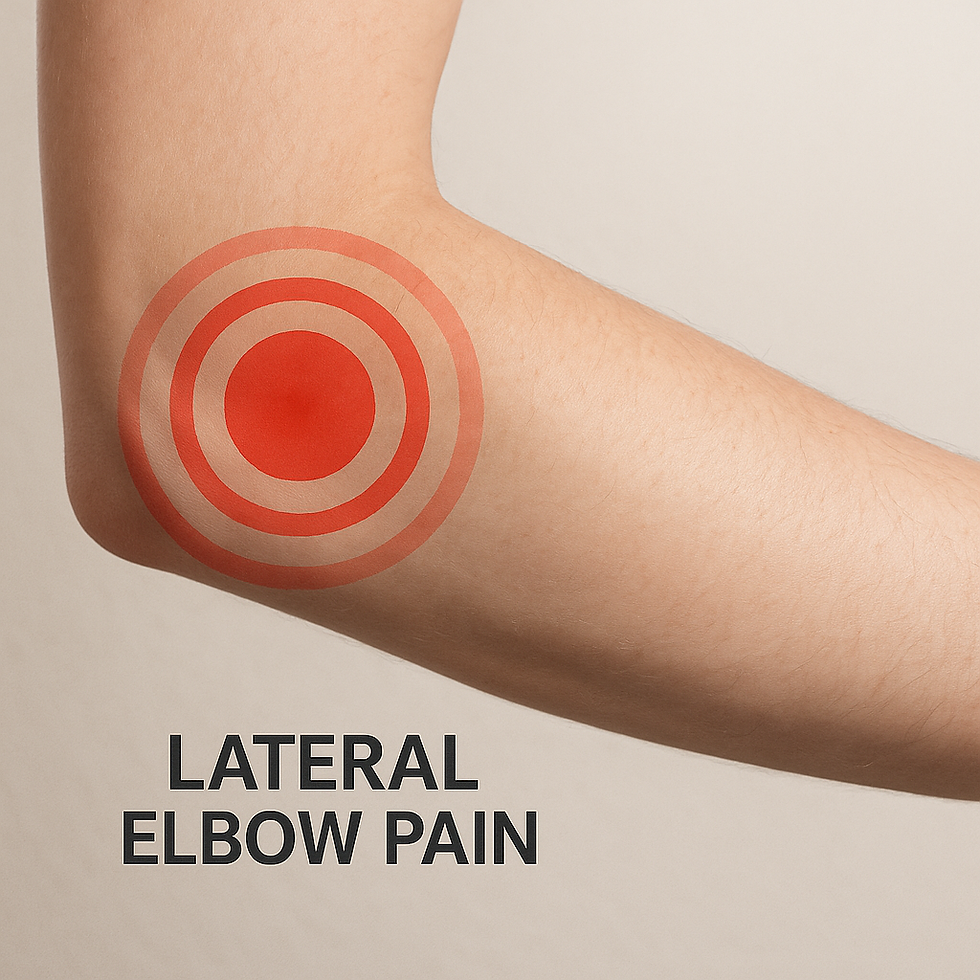Returning to 100% after an injury; you've got to let the tissue heal!
- Will

- Jan 11, 2020
- 2 min read
Updated: Sep 3, 2020
Injuries happen. If you’re active, the likelihood of experiencing a minor injury is higher than someone who is parked on the couch all day long. It’s not fun to scale/modify or even take time off from doing what you love. The biggest question I typically get from clients is,
“How fast will this go away?”
or
“When can I go back to running/lifting/throwing/squatting/bench pressing/etc.?”
And the biggest expectation that is often handed to me is to get someone better in one or two treatments. Unfortunately, that is not how things USUALLY work. While the first and second treatment may quickly resolve pain and allow a client to return to whatever it is they want to do, human physiology and the healing response can only be sped up so much.
When an injury happens, tissue damage/irritation occurs which equates to a specific time requirement being needed to repair the tissue. Depending on the specific tissue discussed; load capacity, structure and blood flow can all vary widely. All of these variables influence the healing rates.

For example, a medial meniscus tear is more likely to heal because there is an artery (increased blood supply) that runs in close proximity to that tissue, whereas in the event of a lateral meniscus tear there is a reduced chance of healing due to a decreased blood supply.

Healing time and influences aside, most patients are more concerned with resolving pain.
In the first few visits, the focus of care is placed on reducing/eliminating symptoms. In many cases, just 1 or 2 visits can significantly reduce or even resolve pain. BUT…an absence of pain does not mean that you are healed and that you can return to loading the muscles and other tissues. One visit may make you feel great and like the issue at hand is resolved but that one treatment will not shave weeks off of normal physiologic healing times.
"But you resolved their symptoms in one treatment."
Resolved the SYMPTOMS, yes. Healed the inflamed tendon? Created tissue remodeling to allow the tendon to be loaded to full capability, all in 60 minutes? Absolutely not. The tissue is still injured but contributors to symptoms/pain have been eliminated.
For example, Achilles Tendonitis/Tendinosis/Tendinopathy is a common injury we treat amongst runners, golfers and CrossFit Athletes. Typically, 75-100% of pain can be resolved in the initial visit using hands-on treatment and some minor cueing. What must be considered is that the overall problem and its contributing factors did not happen overnight and symptoms have been dealt with for an extended period of time.

Improper mechanics extrapolated over the many years or decades sets you up to perform MILLIONS of subpar repetitions.
10,000 steps per day x 365 days = 3,650,000 steps per year
3,650,000 steps per year x 20 years = 73,000,000 million steps!
If you're missing full hip, knee, ankle and toe motion (to name a few things), every one of those steps is dysfunctional resulting in compensatory strategies that will eventually result in tissue overload.
"So if it took 20 years to get this way, does that mean it will take me 20 years to move well again?"

It may take a few months of steady supervised treatments and CONSISTENT performance of prescribed PT homework but you will return to 100%!




Comments